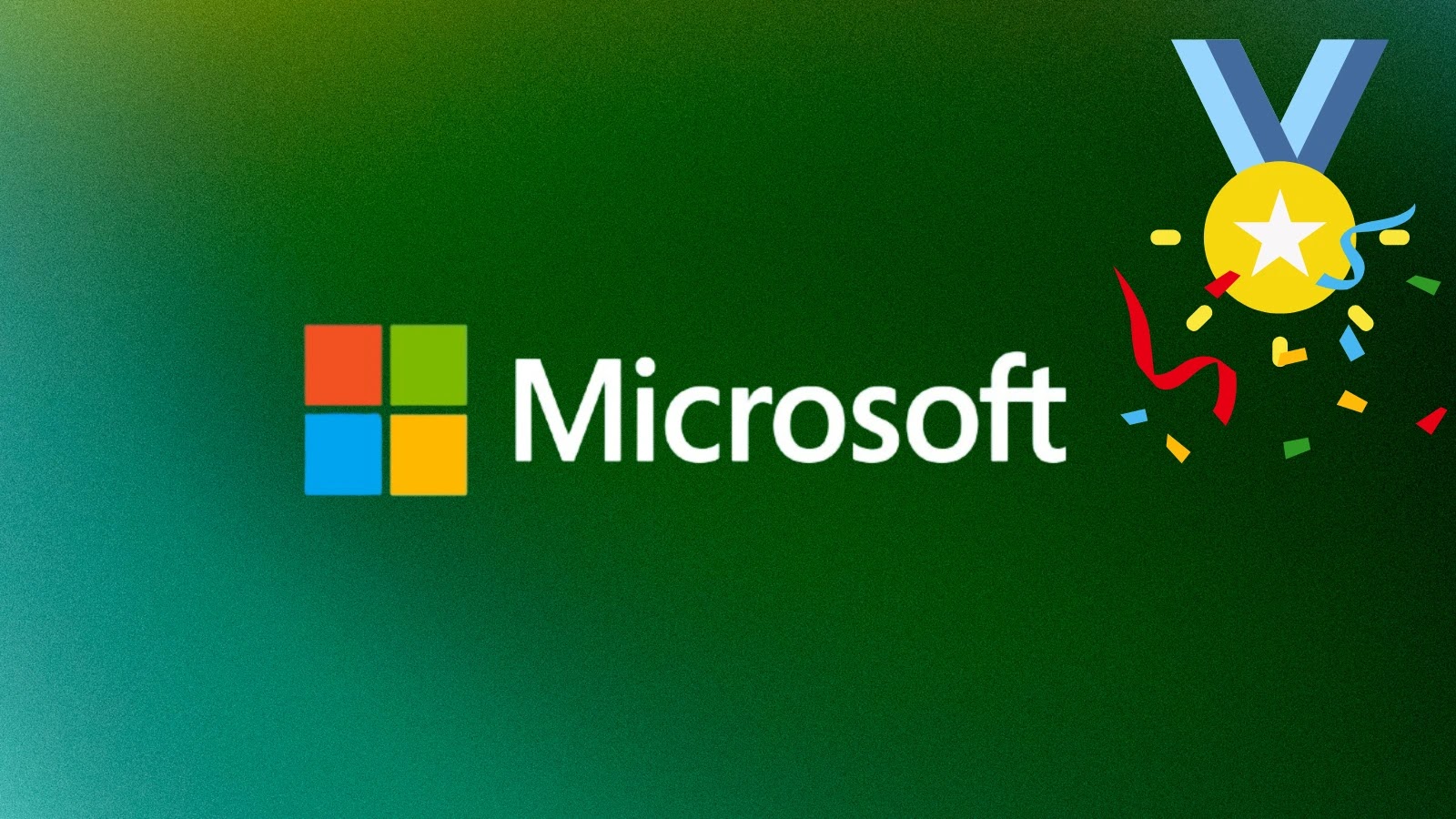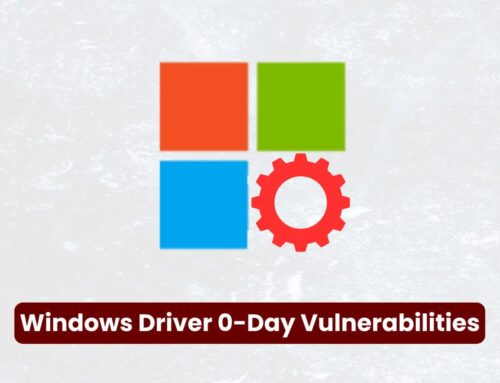
Microsoft Upgrades .NET Bounty Program with Rewards to Researchers Up to $40,000
Microsoft Elevates .NET Security: A Deeper Dive into the Enhanced Bounty Program
Microsoft has significantly bolstered its commitment to the security of the .NET ecosystem, announcing substantial upgrades to its .NET Bounty Program. This strategic enhancement is designed to broaden the program’s reach, optimize its award structure, and provide more compelling incentives for cybersecurity researchers worldwide. This move underscores Microsoft’s proactive approach to identifying and mitigating potential vulnerabilities, reinforcing trust in one of the most widely used development frameworks globally.
Understanding the Expanded Scope and Increased Rewards
The revised .NET Bounty Program represents a pivotal shift, now offering rewards up to $40,000 USD for the discovery of critical vulnerabilities. This substantial increase in potential payouts signals Microsoft’s recognition of the highly specialized and demanding nature of modern vulnerability research. Previously, bounties for .NET specific findings might have been lower or integrated into broader programs. This dedicated escalation highlights .NET’s critical role in countless applications and services, making its integrity paramount.
The expanded scope means researchers are encouraged to look beyond traditional surface-level weaknesses. Microsoft is now intensely focused on finding and fixing vulnerabilities that could lead to:
- Remote Code Execution (RCE)
- Elevation of Privilege (EoP)
- Information Disclosure of sensitive data
- Security feature bypasses within core .NET components, libraries, and tools.
This comprehensive approach ensures that the entire .NET development and runtime environment is rigorously scrutinized, from the foundational Common Language Runtime (CLR) to specific frameworks and SDKs.
Streamlined Award Structures: Clearer Path to Recognition
A common challenge in bug bounty programs can be the complexity of award criteria and the often-subjective nature of vulnerability severity assessments. Microsoft’s upgrade aims to address this by streamlining the award structures, making the process more transparent and predictable for researchers. This clarity is crucial for fostering a more engaged and dedicated research community.
While specific detailed tier breakdowns are typically outlined in the official program terms, the emphasis on a streamlined process suggests:
- More clearly defined vulnerability categories and their corresponding reward ranges.
- Expedited validation and payment processes.
- Improved communication channels between Microsoft’s security team and the contributing researchers.
Such improvements not only attract top talent but also foster a sense of partnership between Microsoft and the independent security community, leading to more robust defensive postures.
Why This Matters: Fortifying the .NET Ecosystem
The .NET framework underpins a vast array of critical applications, from enterprise software and cloud services to web applications and mobile apps. Any vulnerability within this foundational technology could have widespread implications. By incentivizing deep-dive security research, Microsoft is proactively investing in the resilience of its software stack and, by extension, the security of countless organizations and users globally. This program acts as an early warning system, leveraging the collective expertise of the global cybersecurity community to identify weaknesses before malicious actors can exploit them.
For developers, users, and organizations relying on .NET, this enhanced bounty program translates into:
- Increased Confidence: Knowing that a dedicated program with significant incentives is actively hunting for vulnerabilities instills greater trust in the security of their .NET-based applications.
- Faster Remediation: Discovered vulnerabilities are patched quicker, reducing the window of exposure.
- Continuous Improvement: The program fosters an ongoing cycle of security enhancement, driving Microsoft to build even more secure software from inception.
Remediation Actions and Best Practices for .NET Users
While Microsoft’s bounty program works on proactive identification, users and developers leveraging .NET have a critical role in maintaining security. Here are key remediation actions and best practices:
- Keep .NET Components Updated: Regularly apply the latest security patches and updates for all .NET frameworks, runtimes, and SDKs. Monitor official Microsoft security advisories and patch Tuesday releases.
- Implement Secure Coding Practices: Adhere to Microsoft’s Security Development Lifecycle (SDL) principles. Utilize static application security testing (SAST) and dynamic application security testing (DAST) tools in your CI/CD pipelines.
- Principle of Least Privilege: Ensure that your .NET applications and the services they interact with operate with the minimum necessary permissions.
- Input Validation and Output Encoding: Rigorously validate all user input to prevent injection attacks (e.g., SQL injection, XSS) and properly encode all output rendered to users.
- Dependency Management: Regularly audit and update third-party libraries and NuGet packages used in your .NET projects. Tools like NuGet’s built-in vulnerability auditing can be invaluable.
- Comprehensive Logging and Monitoring: Implement robust logging for security events within your .NET applications and monitor these logs for suspicious activity.
- CVE Monitoring: Stay informed about published CVEs related to .NET components. For example, regularly check for new CVEs like CVE-2023-38173 or CVE-2023-36038, which recently addressed .NET vulnerabilities.
Tools for .NET Security Management
| Tool Name | Purpose | Link |
|---|---|---|
| Visual Studio / .NET CLI | Integrated development environment with built-in security features, vulnerability scanning for NuGet packages, and code analysis. | https://visualstudio.microsoft.com/ |
| OWASP ZAP | Dynamic Application Security Testing (DAST) tool for finding vulnerabilities in web applications at runtime. | https://www.zaproxy.org/ |
| SonarQube | Static Application Security Testing (SAST) tool for continuous code quality and security analysis of .NET applications. | https://www.sonarqube.org/ |
| Snyk | Dependency vulnerability scanning and remediation for open-source libraries, integrates with .NET projects. | https://snyk.io/ |
| Microsoft Defender for Cloud | Cloud security posture management (CSPM) and cloud workload protection (CWP) for Azure-hosted .NET applications. | https://learn.microsoft.com/en-us/azure/defender-for-cloud/ |
Conclusion: A Stronger, More Secure .NET Future
Microsoft’s decision to significantly upgrade its .NET Bounty Program is a clear indicator of its unwavering focus on security. By offering substantial financial incentives and streamlining the submission process, Microsoft is effectively mobilizing the global cybersecurity research community as an extension of its internal security efforts. This strategic investment not only benefits Microsoft but critically enhances the security posture for millions of developers and organizations relying on the ubiquitous .NET framework. For anyone involved with .NET, this update should reinforce confidence in the platform’s long-term security trajectory, while also serving as a reminder to maintain diligent security practices in their own deployments.





